






MCPR is quite honored to present the following workshops
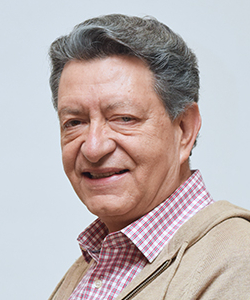
Departamento Académico de Computación
Instituto Tecnológico Autónomo de México
The problem of modeling complex phenomena dependent on multiple variables has given rise, among others, to the discipline of Neural Networks and its many variants. A little known theorem due to Cybenko allows to affirm that networks of sensors with a single hidden layer are sufficient to optimally model the multivariate systems alluded to. However, the determination of the number of neurons in the hidden layer of the network appealed to various heuristics. This promoted the development of vector support machines, networks of radial base functions and deep learning networks, among others. But it is possible to apply a closed formulation if it is taken into account a) The information contained in the training data and the continuity of the data is guaranteed. In this workshop, these issues are exposed and the tools for their application are provided.
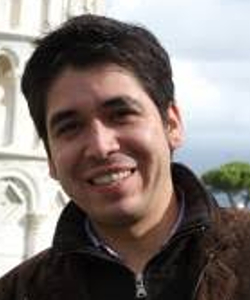
Departamento de Sistemas Digitales
Instituto Tecnológico Autónomo de México
This tutorial will present an introduction to the use of Autoencoders (AE) for Image Representation. AE's are a type of neural networks that, under certain imposed restrictions, are trained to reconstruct their own input, or at least a related version of it. When combined with convolutional operations (a.k.a., Convolutional Autoencoders, CAE), they have proved to be a powerful tool to face several image-related task, including image denoising, inpainting, image compression, image segmentation, etc. The talk will start by briefly introducing the neural network model, the autoencoder, and the convolutional neural networks, followed by a presentation of popular applications of CAE-like methods. Finally, the talk will finish with a presentation of recent advancements where CAE's have been used for image representation, visual content understanding, and image generation.
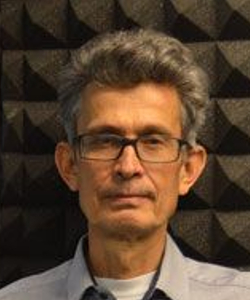
Laboratorio de Robótica y Mecatrónica, CIC
Instituto Politécnico Nacional
In this talk, first, we talk a little about classic models of perceptron type neurons. Next, it present the details related to morphological type neurons with dendritic processing and some algorithms of innovative training; some of its applications are also presented. Afterwards, the basic ideas of how to hybridize these models with the classic percetrons to derive new ones; similarly, some of your applications. Finally, the developments obtained with models based on pulsating neurons are briefly described, how these neural networks can be trained, as well as some of their applications.
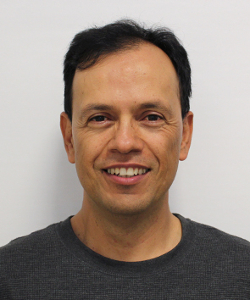
Análisis de Imágenes, CICATA Unidad Querétaro
Instituto Politécnico Nacional
Deep Learning (DL) has emerged as a significant option in industrial applications, has resulted in significant groundbreaking advances in technology and has opened countless avenues to improve the understanding of its underlying principles. However, to take full advantage of this technology, we need to increase its visibility to stimulate its widespread adoption. DL refers to the establishment of mappings between input an output data constructed as hierarchies of complex concepts on top of simpler ones. Generally associated with artificial neural networks, include, among others subfields, convolutional neural networks (CNN), recurrent neural networks (RNN), and reinforcement learning (RL). Among other things, researchers have utilized DL successfully to detect cancer in mammographies at human expert levels, create the best computer programs in chess, and synthesize speech from neural activity. Due to their impact in a broad range of disciplines, it is imperative for the development of Latin America countries to extend its adoption and promote awareness about is potential. In this workshop, we gently introduce the attendance to the topic of DL, including a review some of the underlying principles of CNN, RNN, RL and their combinations.

June 26-29, 2019, Querétaro, Mexico
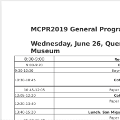 General Programme
General Programme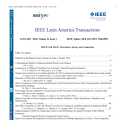 Special Issue on Deep Learning
Special Issue on Deep Learning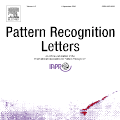 Special Issue
Special Issue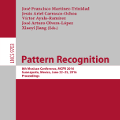 MCPR Series
MCPR Series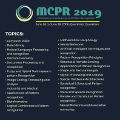 Poster 11th MCPR
Poster 11th MCPR